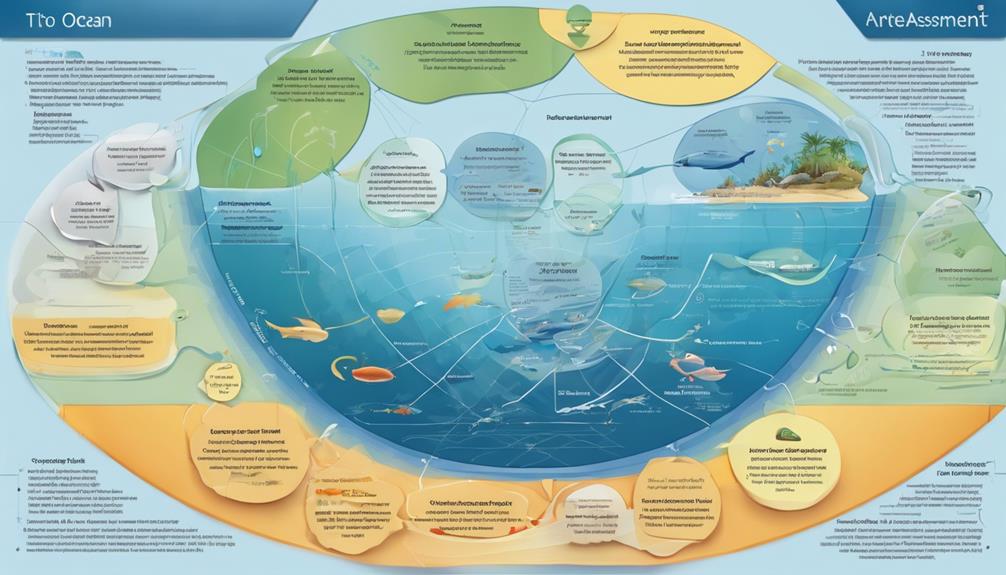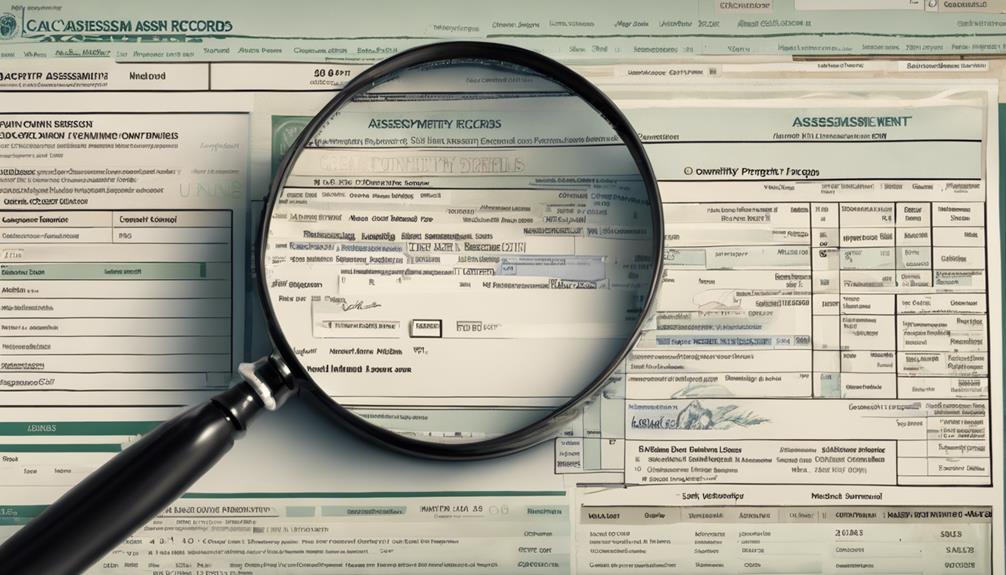Cross-cultural studies show that the Big Five personality traits are universal, meaning people worldwide recognize these core dimensions. However, how you express or value each trait can differ based on cultural norms. For example, assertiveness may be highly valued in Western societies but interpreted differently elsewhere. Understanding these cultural differences helps you see how universal traits adapt to local values. If you’re curious about how these traits vary globally, you’ll find more insightful details ahead.
Key Takeaways
- The Big Five traits are consistently identified across diverse cultures, demonstrating their universality in human personality.
- Cultural differences influence how traits like extraversion and agreeableness are expressed and interpreted.
- Societies prioritize different traits, such as conscientiousness or emotional stability, shaping their development and social importance.
- Cross-cultural studies reveal both the stability of core traits and variations in their behavioral manifestations.
- Understanding cultural influences enhances the accuracy and sensitivity of personality assessments worldwide.

The Big Five personality traits—openness, conscientiousness, extraversion, agreeableness, and neuroticism—serve as a foundational framework for understanding human personality across cultures. When you explore cross-cultural studies, you’ll notice that these traits often appear universally, suggesting a degree of personality universality. Researchers have found that people in diverse societies, whether in Western countries or remote communities, tend to describe themselves and others using these dimensions. This consistency indicates that the Big Five capture core aspects of human personality that transcend cultural boundaries. Additionally, the stability of these traits over time across different populations further supports their universal nature. However, while the core traits seem to be universal, the way they manifest can vary markedly. Cultural variability influences how traits are expressed and prioritized. For example, extraversion in a Western context might emphasize assertiveness and social dominance, whereas in some East Asian cultures, it might reflect humility and group harmony. Similarly, the trait of agreeableness may be valued and demonstrated differently depending on cultural norms—what’s considered friendly and cooperative in one society might be seen as submissive or overly compliant in another. These differences highlight that, although the traits are present across cultures, their behavioral expressions and social meanings are shaped by local values and practices. You might also find that some cultures emphasize certain traits over others. For instance, conscientiousness might be highly valued in societies with strong work ethics, while emotional stability (the opposite of neuroticism) could be prioritized in cultures that promote emotional restraint. Such preferences influence how individuals develop and display these traits, leading to variations in average levels across populations. This variation doesn’t negate the universality of the traits but instead underscores how cultural contexts influence personality development and expression. Recognizing the interplay between universal traits and cultural influences** is vital when analyzing cross-cultural data. It helps you appreciate that while people globally may share similar underlying personality structures, their behaviors and social interactions are deeply rooted in their cultural environment. Understanding both personality universality and cultural variability is vital when analyzing cross-cultural data. It helps you appreciate that while people globally may share similar underlying personality structures, their behaviors and social interactions are deeply rooted in their cultural environment. Recognizing this balance allows for more nuanced interpretations of personality assessments and promotes greater cultural sensitivity**. Whether you’re studying individual differences or designing multicultural interventions, acknowledging the interplay between universal traits and cultural influences enables more accurate and respectful approaches to understanding human personality worldwide.
Frequently Asked Questions
How Do Big Five Traits Vary Across Different Age Groups Globally?
You’ll notice that Big Five traits show developmental consistency across age groups worldwide. As you age, certain traits like agreeableness and conscientiousness tend to become more stable, reflecting age-related stability. However, some traits, such as openness, may decline or fluctuate with age depending on cultural influences. Overall, while individual differences exist, these traits generally maintain stability over time, highlighting their importance in understanding personality development across different life stages globally.
Are Big Five Traits Influenced by Cultural Values or Societal Norms?
Imagine your personality traits as a tree shaped by the winds of cultural influence and societal norms. These external forces bend and mold your Big Five traits, making them unique to your environment. Cultural values act as the soil, nourishing certain traits, while societal norms are the wind that shapes how openly you express them. So, yes, your traits are deeply influenced by the cultural landscape around you.
How Reliable Are Self-Reported Big Five Assessments Across Cultures?
Self-reported Big Five assessments can be somewhat reliable across cultures, but measurement consistency varies due to cultural bias. You might find that some cultures interpret questions differently or emphasize certain traits more than others, affecting results. While these assessments provide useful insights, it’s crucial to account for potential biases and cultural differences to guarantee accurate interpretation. Cross-cultural validation helps improve reliability, but some variability remains inevitable.
What Role Does Language Translation Play in Cross-Cultural Big Five Research?
You might wonder how language translation impacts your research. It plays a pivotal role because translation accuracy guarantees linguistic equivalence, which directly affects the validity of your results. If translations are off, your assessments could misrepresent traits across cultures, leading to unreliable comparisons. Achieving precise translation helps you capture the nuances of each language, preserving the integrity of your data and revealing true cross-cultural differences in personality traits.
Can Big Five Traits Predict Cross-Cultural Differences in Behavior?
You can use Big Five traits to predict cross-cultural differences in behavior, but keep in mind personality consistency varies across cultures. Cultural influence shapes how traits are expressed, so a person’s behavior may differ depending on their environment. While traits provide a useful framework, consider cultural nuances, because behavior is influenced by both personality and the cultural context, making predictions less straightforward across diverse societies.
Conclusion
As you explore the world’s diverse tapestries of personality, you see how the Big Five traits weave through cultures like vibrant threads in a grand quilt. Each culture adds its own unique pattern, yet the core remains familiar—like stars shining steadily across different skies. Understanding these traits helps you appreciate the beautiful complexity of human nature worldwide, reminding you that beneath the surface, we’re all connected by shared threads of personality, no matter where you are.
Felicity, our Author, pens in-depth articles and guides that delve into the heart of personal discovery. Her narrative-driven approach weaves together theory, practice, and personal anecdotes, making the journey of self-exploration both relatable and inspiring. Felicity’s contributions help illuminate the path for those seeking a deeper understanding of themselves and their relationships.









